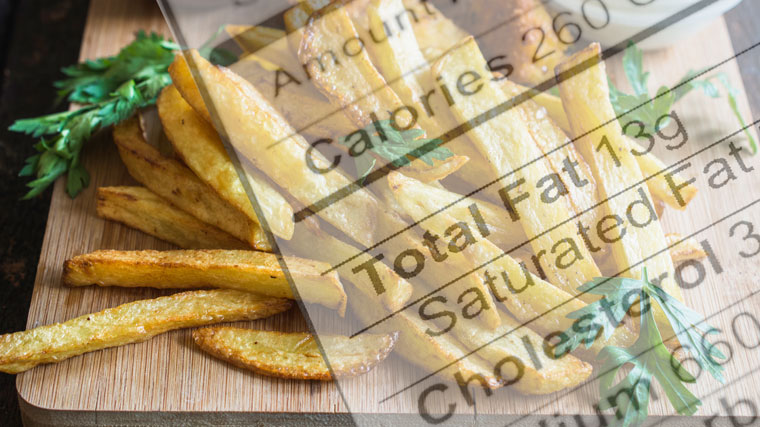- Cardiology And Vascular Health
- Health Topics
- Heart And Vascular Disease Prevention
- Heart Disease Risk Factors
Cutting Trans Fats Helps Improve Heart Health

Though many processed foods contain trans fats to help improve the shelf life and texture, the negatives of these food additives have been shown to far outweigh the positives.
Eating trans fat raises the level of bad cholesterol, known as low-density lipoprotein (LDL), in the blood, according to the Food and Drug Administration (FDA). Increased LDL levels increase the risk of cardiovascular disease.
The FDA prohibited food manufacturers from adding partially hydrogenated oils (PHOs) to their products after June 18, 2018, with a final compliance date of January 1, 2020. PHOs are a major source of artificial trans fat in foods.
The new requirement was created as a step toward reducing coronary heart disease and preventing thousands of fatal heart attacks annually in the U.S., according to the FDA.
There are two types of trans fats found in foods, according to the American Heart Association (AHA):
- Artificial trans fats. These are created during food processing when hydrogen is added to vegetable oil to make it more of a solid. About half of all trans fats consumed in the U.S. come from processed foods, and partially hydrogenated oils are the main source of these trans fats.
- Naturally formed trans fats. Some trans fats are formed in the gut of animals that graze, and small amounts can be found in the meat, milk, and milk products created from these animals.
Some foods that have traditionally included trans fats, according to the FDA, include:
- Coffee creamer
- Crackers
- Fast food
- Frozen pies
- Frozen pizza
- Microwave popcorn and other snack foods
- Packaged cakes, cookies, and other baked goods
- Ready-to-use icing
- Refrigerated biscuits, cinnamon rolls, and other dough products
- Stick margarine
- Vegetable shortening
Though the FDA regulations will limit many trans fats from being added to food products, it is still important to monitor your own trans fats intake.
To keep track of how many trans fats you eat in a day, check the Nutrition Facts Label on all packaged foods you buy and eat.
The FDA recommends choosing foods that have minimal trans fats – specifically looking for food products labeled as 0 grams trans fats.
The FDA also recommends limiting trans fats by:
- Choosing lower fat options when eating out
- Choosing foods that are naturally low fat and high fiber, including whole grains, beans, peas, fruits, and vegetables
- Choosing lean cuts of meat
- Cooking, with liquid oils, such as canola, vegetable, or olive oil, instead of solid fats, such as shortening, butter, or lard
- Limiting packaged snack foods and baked goods
- Opting to cook foods by baking, broiling, grilling, or steaming without added fat
- Removing skin from poultry
- Substituting low-fat and fat-free milk and dairy products or fortified soy drinks for full-fat options
- Using soft margarine (liquid, tub, or spray) and avoiding stick margarine
Source: Food and Drug Administration; American Heart Association




